Code 11.59
A new AP for you and me
Code 11.59 by Audemars Piguet Starwheel

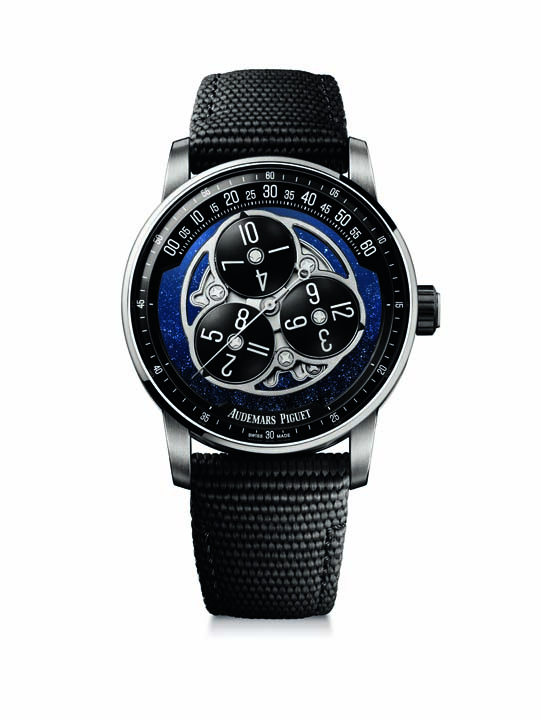
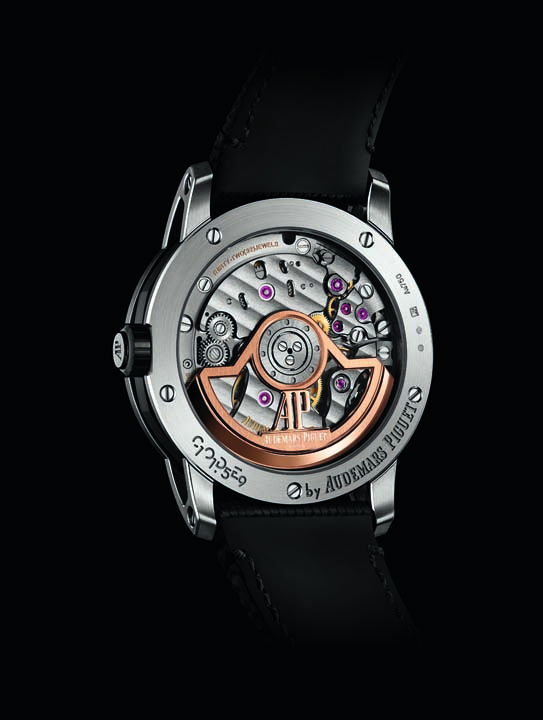
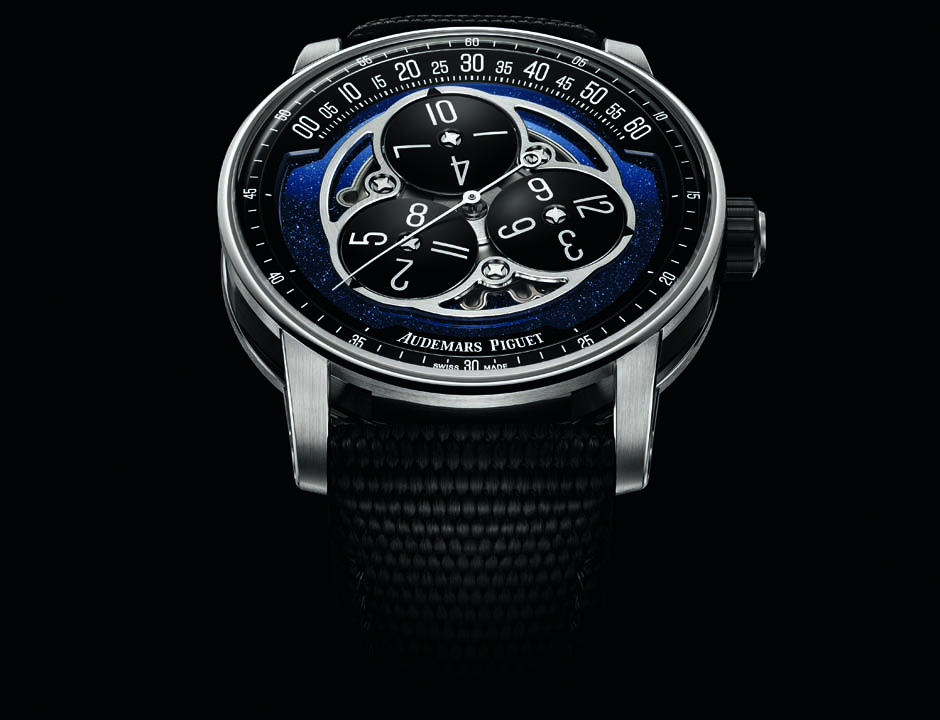
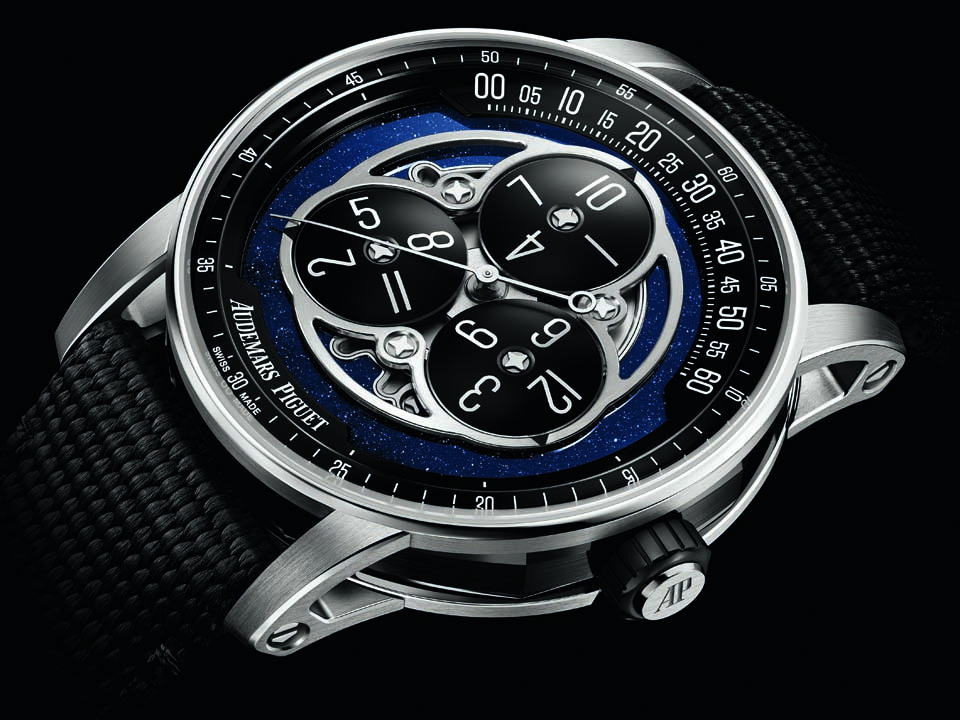
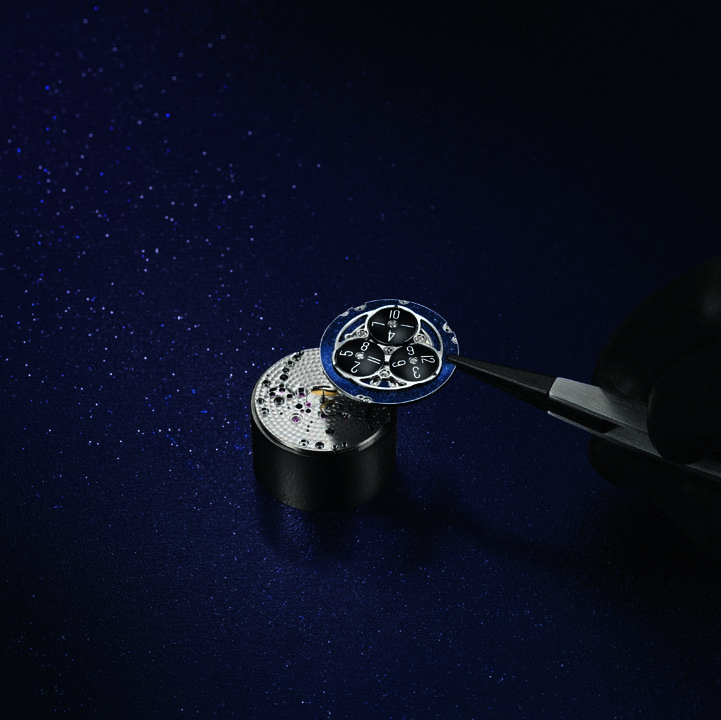
The wandering hours system can be traced back to the 17th century following a special request from Pope Alexander VII. Suffering from insomnia that was aggravated by the ticking of a clock, he ordered a “night clock” from the Campani brothers who were clockmakers based in Rome. He requested a clock that would be silent and easy to read in the dark.
From the end of the 17th century, this complication was introduced into pocket watches without backlighting. While the arc-shaped aperture still measured 180 degrees, the minutes were graduated in addition to the quarter hours for greater precision. During the following century, these watches were offered as prestigious gifts, often bearing the effigy of famous personalities.
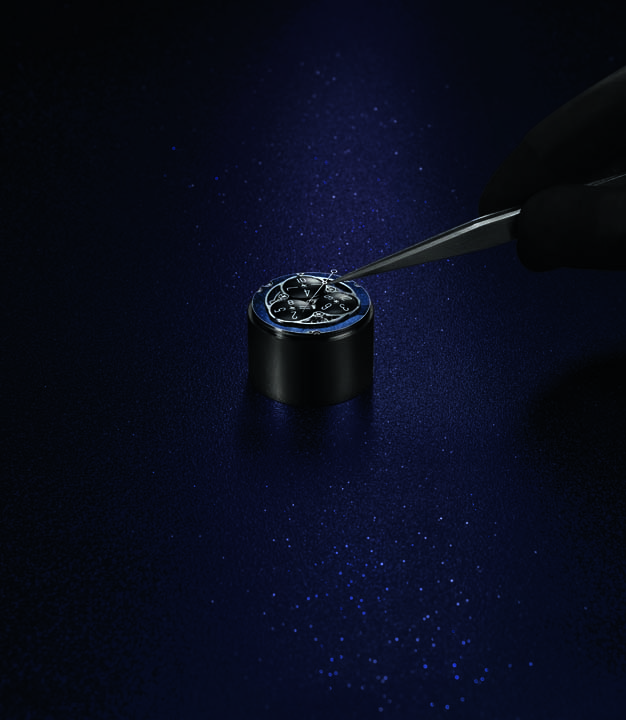
In 1989, an Audemars Piguet watchmaker rediscovered the wandering hours system in an article in the Journal »Suisse d’horlogerie«. This was a period of increased creativity as the industry was seeing a revival of mechanical watchmaking. In 1991, after 18 months of development, the Manufacture’s first wandering hours watch was presented.
Between 1991 and 2003, around 30 “Star Wheel” models were produced by the Manufacture in several different collections. These aesthetically creative timepieces varied in design with the arc-shaped aperture present in different lengths and locations, some of which also incorporated gemsetting and openworking.
Today, the Starwheel is making a comeback in the Code 11.59 by Audemars Piguet collection, which pays tribute to a relatively unknown classic in Haute Horlogerie complications.




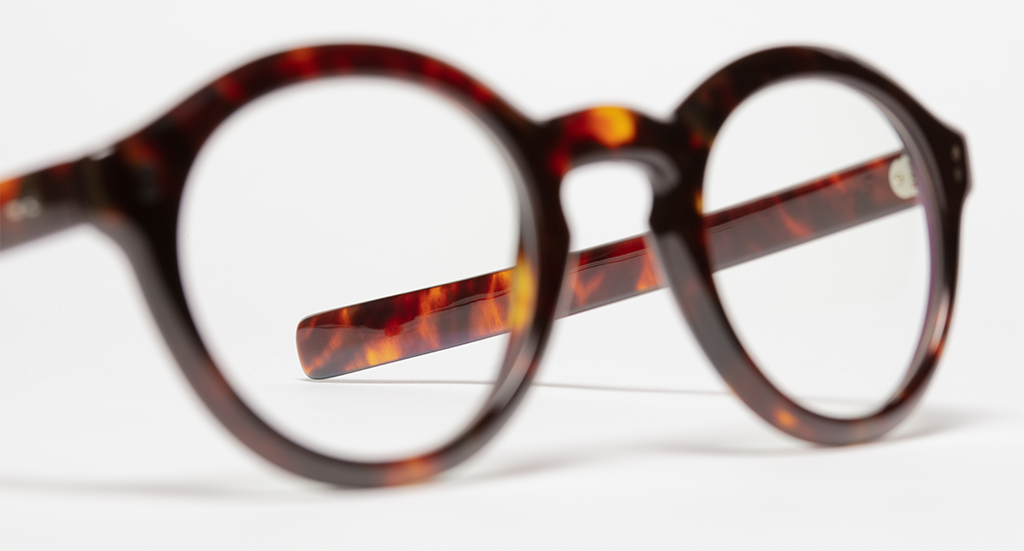

Join our Community